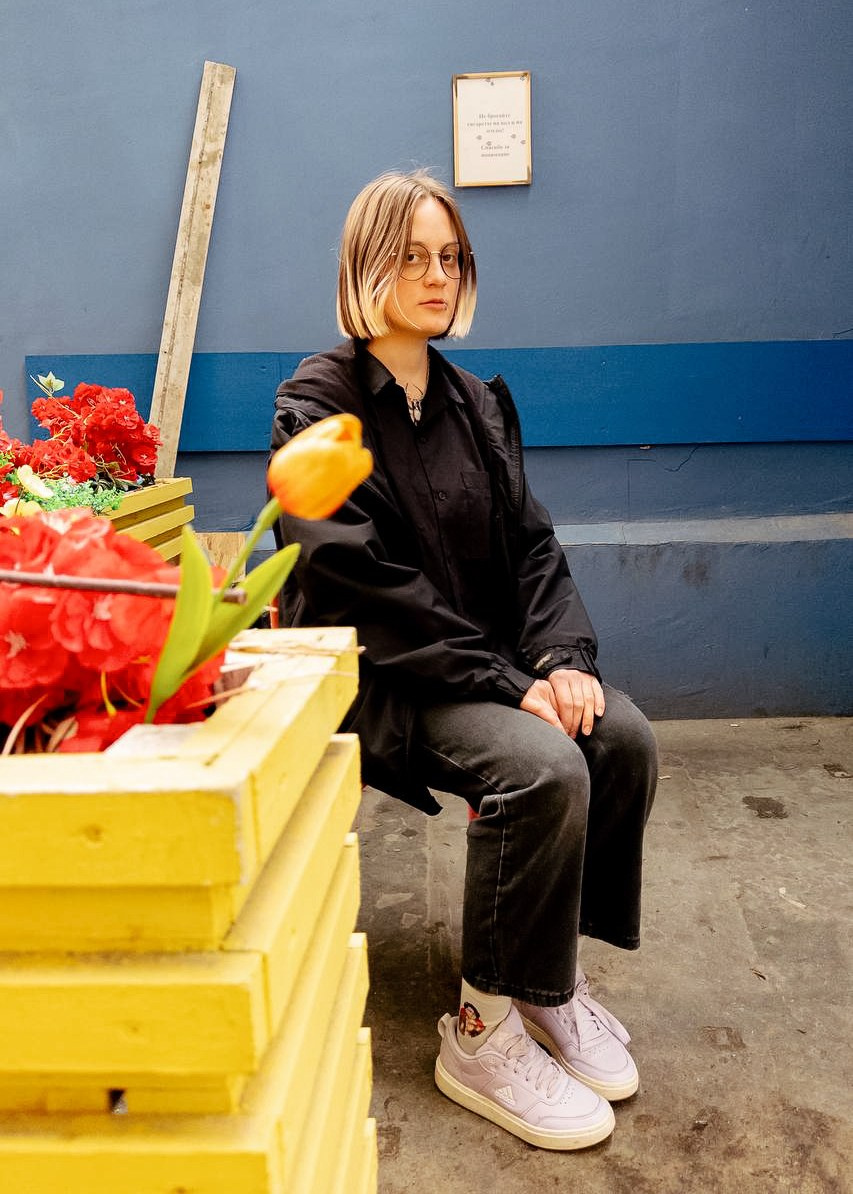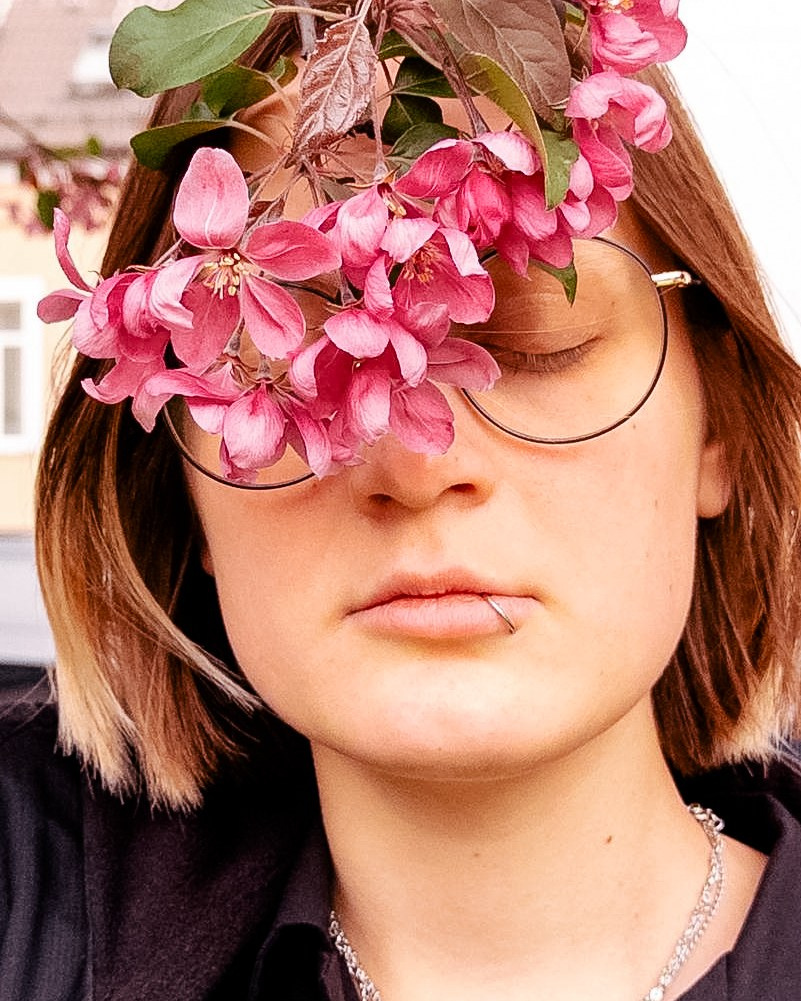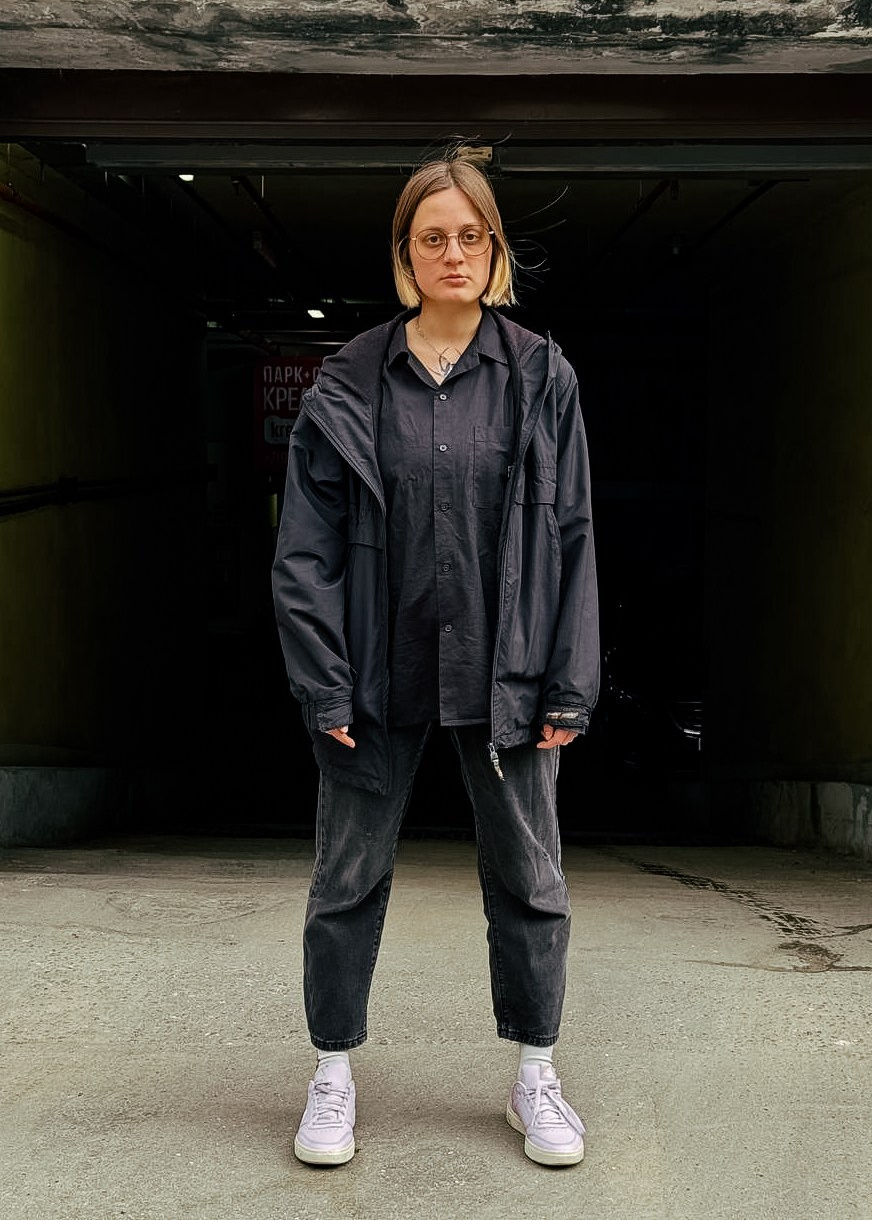Deadpan photography, also known as “dispassionate photography, ” is a style characterized by a lack of emotion, a neutral gaze on the subject, and formal composition. Photographs in this style often feature:
- Straight-on composition: The subject is typically positioned in the center of the frame and photographed frontally, without pronounced angles.
- Flat lighting: Harsh shadows and dramatic light are avoided; the lighting is often even and diffused.
- Neutral color palette: Colors are muted, and desaturation is frequently used.
- Absence of authorial interpretation: The photographer strives to capture the subject as it is, without adding personal emotions or opinions.
This style aims for objectivity and documentation, allowing the viewer to interpret what they see independently.
Here are some well-known photographers working in the deadpan style, along with examples of their work:
- Bernd and Hilla Becher: A German duo known for their typological series of industrial structures, such as water towers and coal bunkers. Their black and white photographs are characterized by strict composition and a dispassionate gaze, documenting disappearing industrial landscapes.
- Andreas Gursky: A student of Bernd and Hilla Becher, Gursky creates large-scale color photographs, often depicting mass phenomena such as crowds of people, warehouses, or stock exchanges. His works are distinguished by high detail and a detached view of the modern world. An example is his work “Rhein II.”
- Thomas Ruff: Another student of the Bechers, Ruff is known for his eclectic approach to photography. His portrait series “Portraits” features large, dispassionate images of faces, photographed with neutral expressions.
- Edward Ruscha: An American artist and photographer whose series “Twenty-Six Gasoline Stations” is considered one of the early works in the deadpan style. This series presents simple, documentary photographs of gas stations along Route 66.
These photographers, each in their own way, utilize the principles of deadpan photography to capture the surrounding world from a detached yet attentive perspective, prompting the viewer to their own understanding of what is seen.
visual research
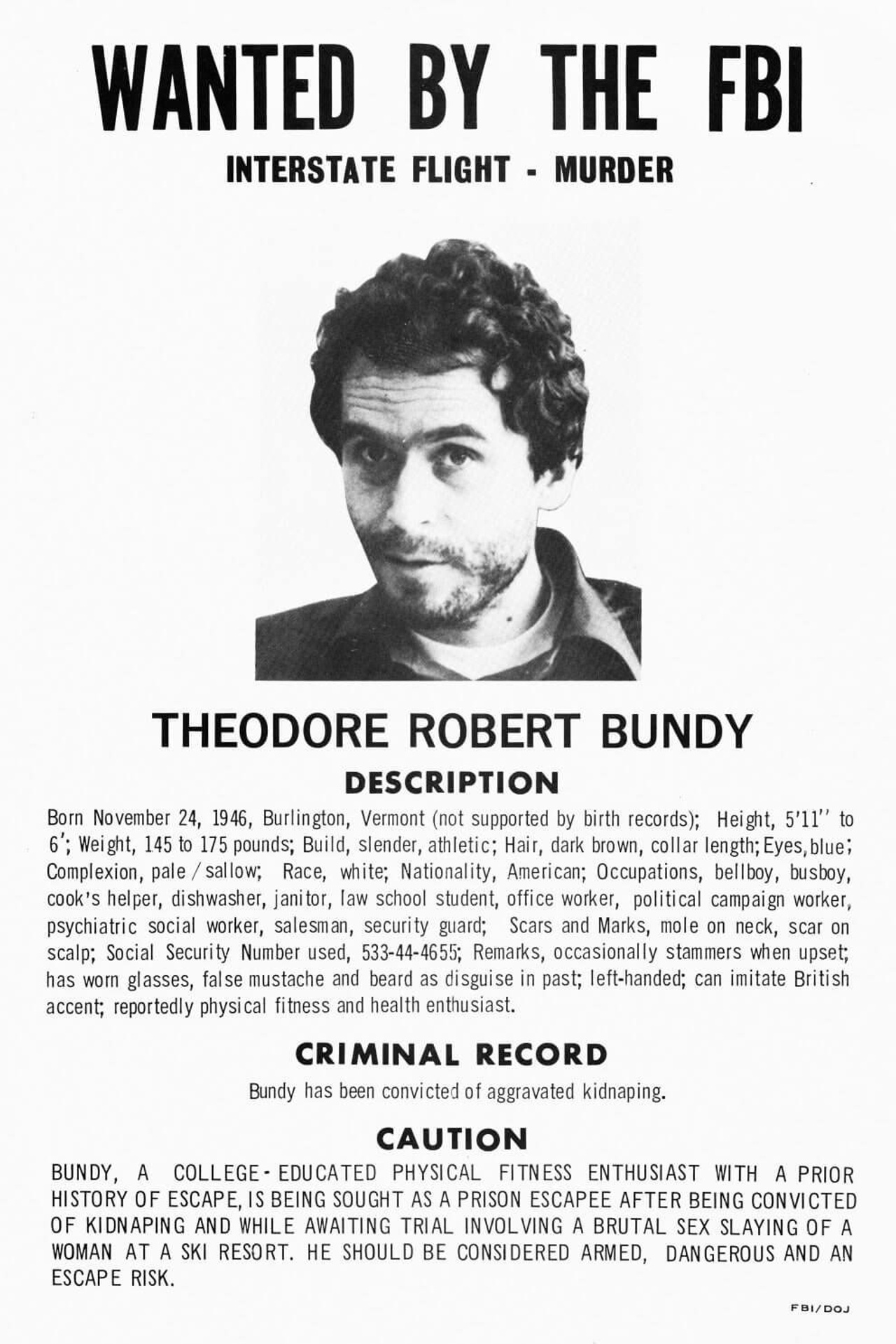
Ted Bundy Quotes
A visual study of the phenomenon of the world’s most famous serial killer, Ted Bundy.
The study was conducted...

Integration into a new country through visual arts.
Today I will talk about how photography and other visual tools help to adapt to a new place. You will learn why...
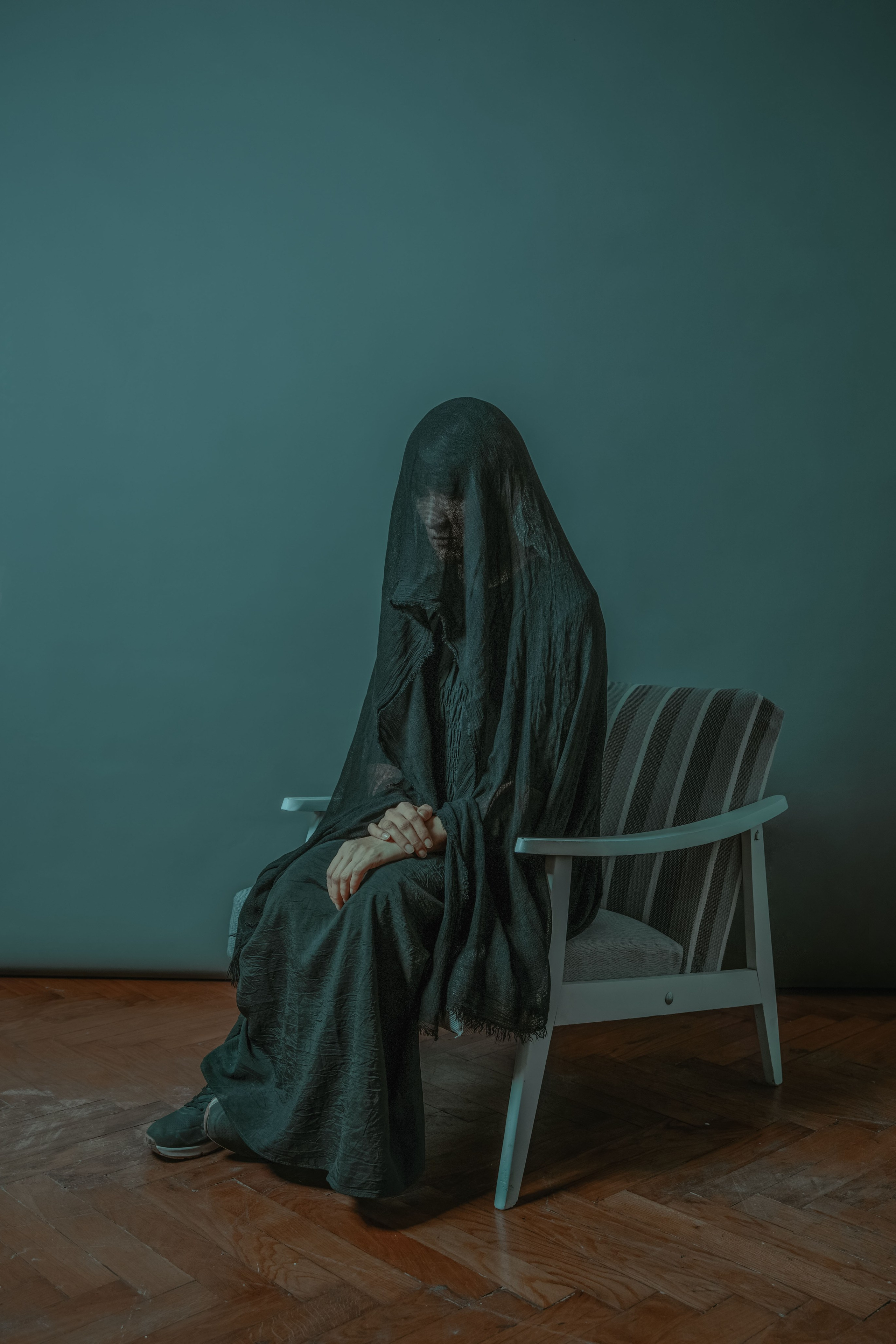
Exhibitions
Participation in an exhibition for an artist/photographer is recognition of his/her creative potential by art...
